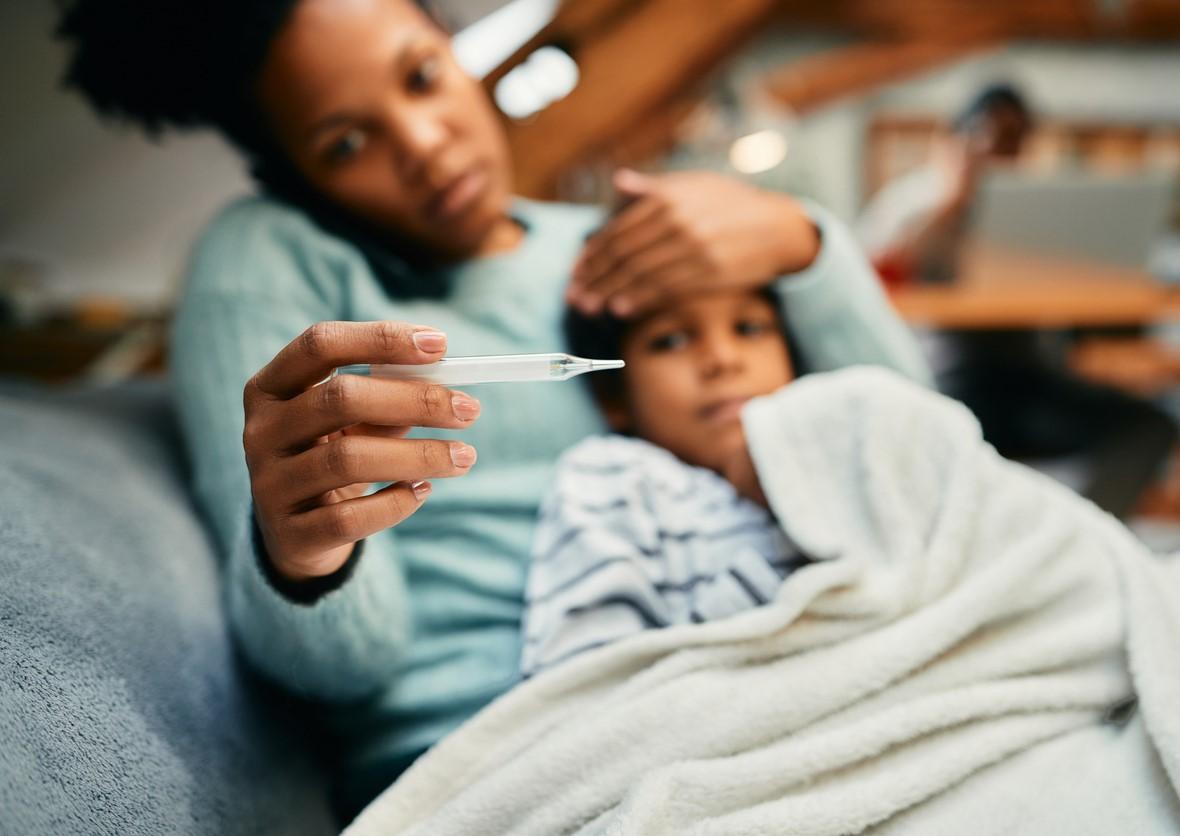A systematic review and meta-analysis of previously published clinical studies provides more evidence that a short course of antibiotics is sufficient for young children with non-severe pneumonia.
In a paper published yesterday in JAMA Pediatrics, an international team led by researchers in China analyzed the results of nine randomized clinical trials and found that a shorter course of oral antibiotics was noninferior to a longer course in children aged 2 to 59 months who had non-severe community-acquired pneumonia (CAP) and was also associated with fewer reports of gastroenteritis and rash.
"The findings from our review can help clinicians in their daily practice and may inform future clinical guidelines," the study authors wrote.
Shorter courses noninferior to longer courses
In the nine randomized clinical trials included in the review, all children received the same oral antibiotic (amoxicillin in seven trials and cotrimoxazole in two). Five trials compared 3 days versus 5 days, three compared 5 versus 10 days, one trial compared 3 versus 7 days, and one trial compared 3 versus 10 days. Non-severe CAP was defined as the absence of any general danger signs of CAP, including lethargy, unconsciousness, seizures, or inability to drink.
The primary outcome was treatment failure. A total of 11,143 children were included in the nine trials (58% male, 98% ages 2 to 59 months), and eight trials with 10,622 children reported treatment failure.
Overall, treatment failure occurred in 12.8% of children who received a shorter course of antibiotics and 12.6% of those who received a longer course, and a shorter course was found to be noninferior to a longer course with respect to treatment failure (risk ratio, 1.01; 95% confidence interval [CI], 0.92 to 1.11; risk difference, 0.00; 95% CI, –0.01 to 0.01). A sub-analysis based on duration of treatment found that a 3-day course of antibiotics was noninferior to 5 days (RR, 1.01; 95% CI, 0.91 to 1.12) and a 5-day course was noninferior to a 10-day course (RR, 0.87; 95% CI, 0.50 to 1.53).
In the five trials that reported adverse events, the risks of gastroenteritis (RR, 0.79; 95% CI, 0.66 to 0.95) and rash (RR, 0.79; 95% CI, 0.65 to 0.97) were significantly lower in the short-course groups compared with the long-course groups. In addition, one study found that caregiver absenteeism was significantly lower in for children who received 5 days of antibiotics compared with those who received 10 days (RR, 0.74; 95% CI, 0.65 to 0.84). Another study found lower costs for 3 days ($1,100) versus 5 days ($1,250).
Implications could vary
The authors note that the implications of the findings could vary by setting. For example, while the World Health Organization currently recommends 3 days of amoxicillin for fast-breathing pneumonia and 5 days for chest-indrawing pneumonia in children, their review and meta-analysis suggests 3 days will suffice for both.
Since the studies from high-income countries did not supply data for both fast-breathing and chest in-drawing pneumonia, however, the authors say that conclusion may apply only to low- and middle-income countries.
In the United States and other high-income countries, the current recommendation for non-severe CAP in children from groups like the Infectious Diseases Society of America (IDSA) and the Pediatric Infectious Diseases Society, based on limited evidence, is 7 to 10 days of antibiotics. For those countries, the findings of the review indicate 5 days is sufficient.
"We think our review helps fill an evidence gap and provides a basis for evidence-based decision-making," the authors wrote. "Guideline developers and clinicians from these countries could consider shifting to a 5-day course for the management of children with CAP."
In one of the studies included in the review, researchers estimated that with roughly 1.5 million ambulatory pediatric visits for pneumonia each year in the United States, cutting antibiotic treatment from 10 to 5 days could result in a reduction of up to 7.5 million antibiotic days each year.

























